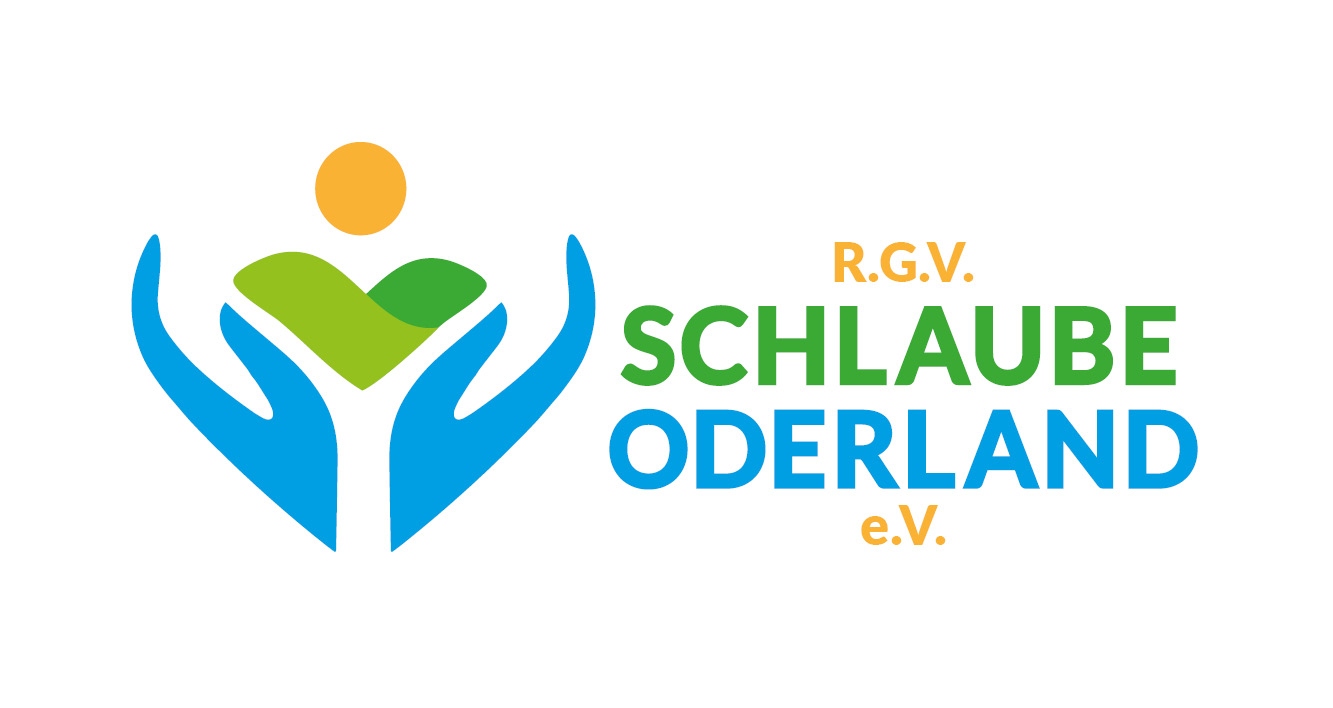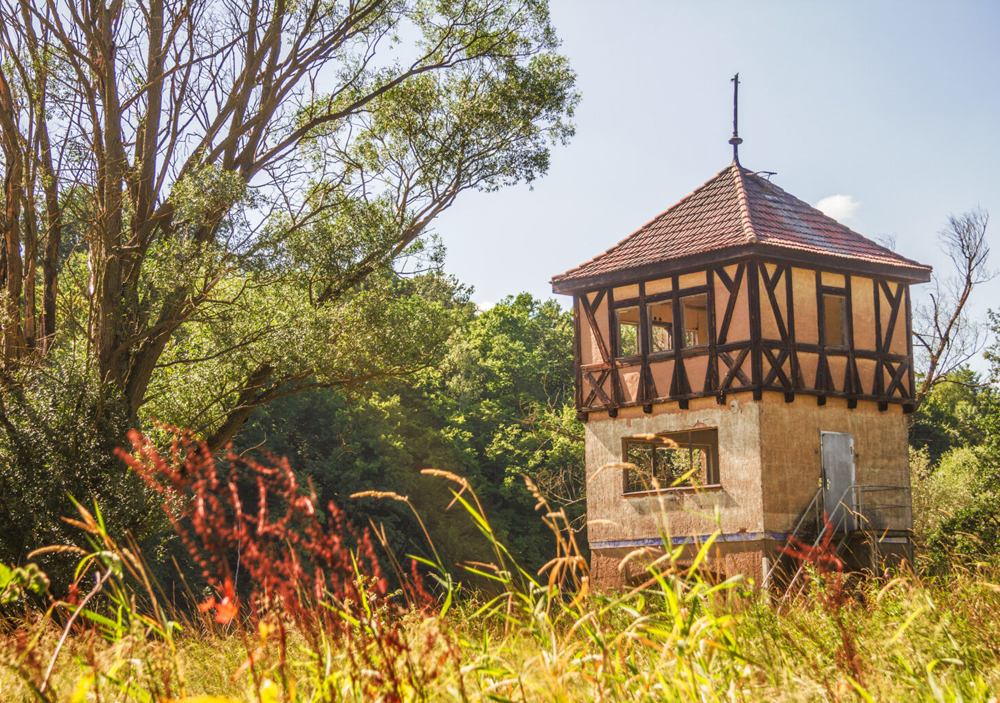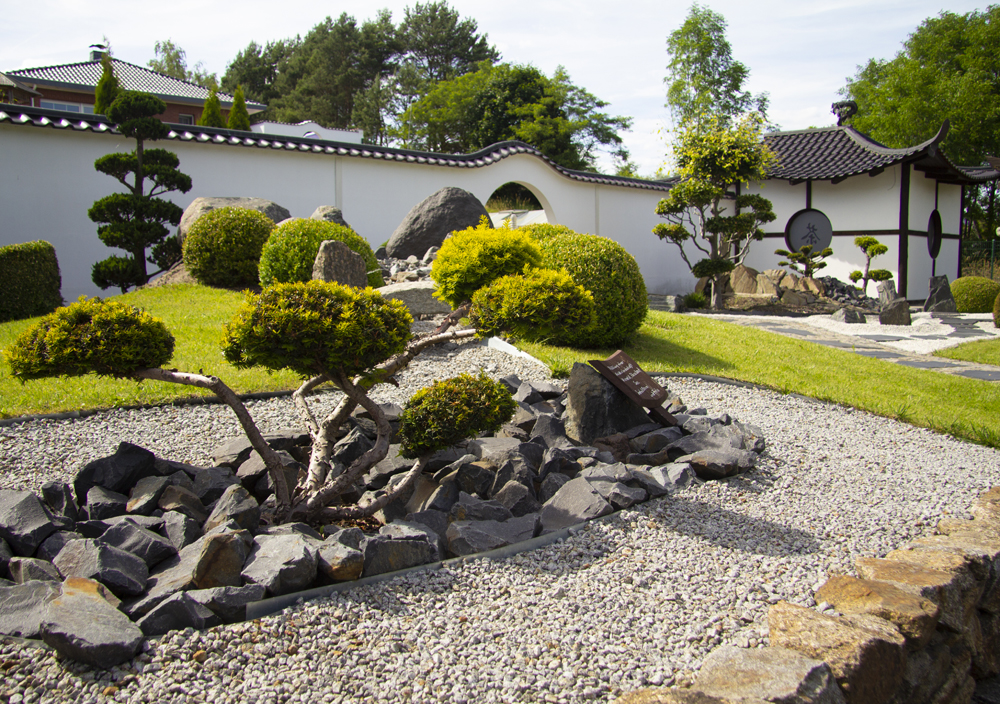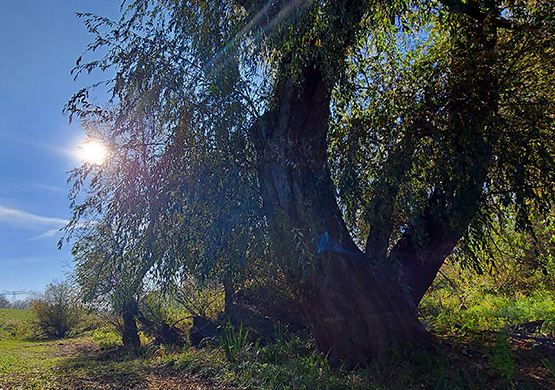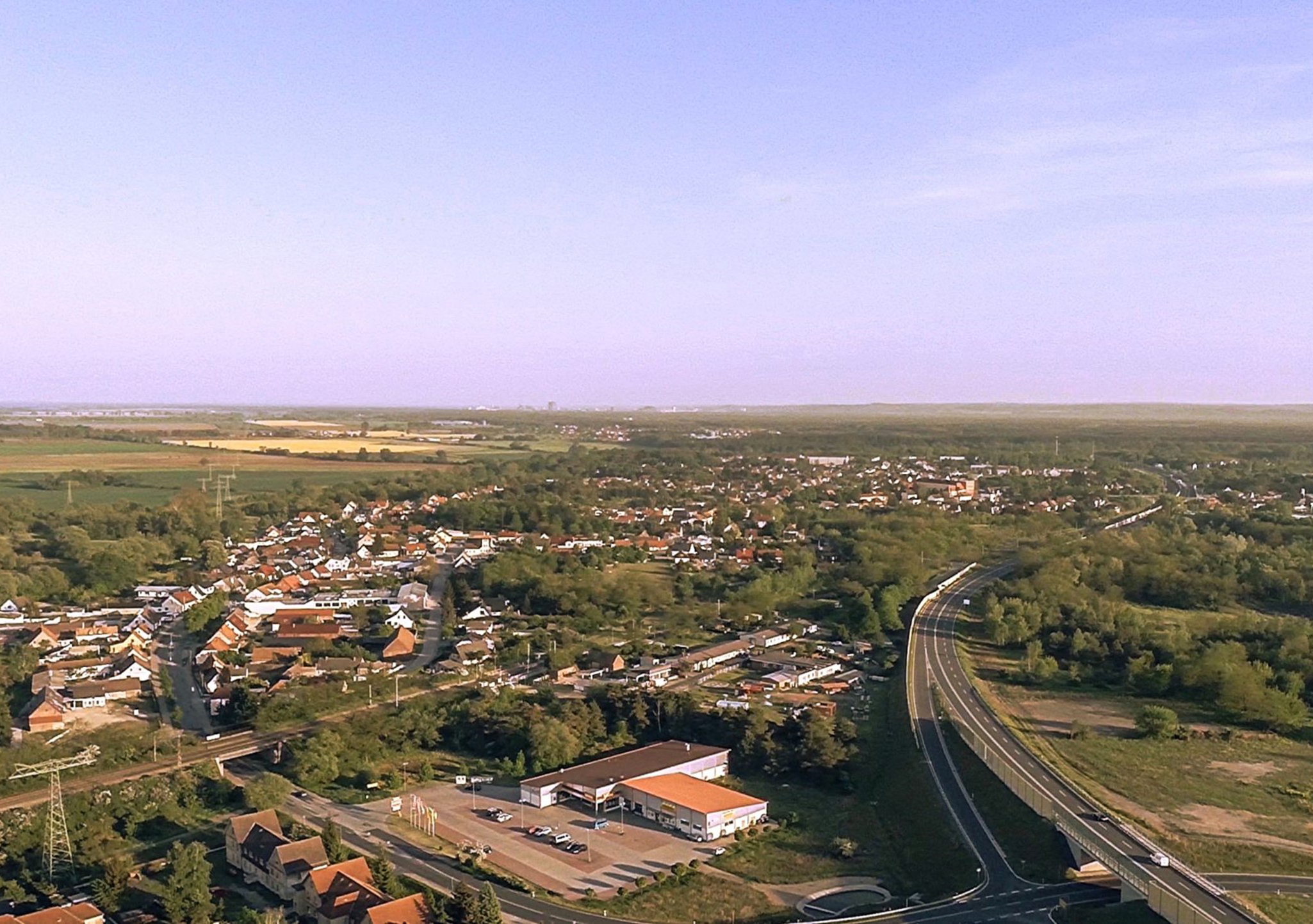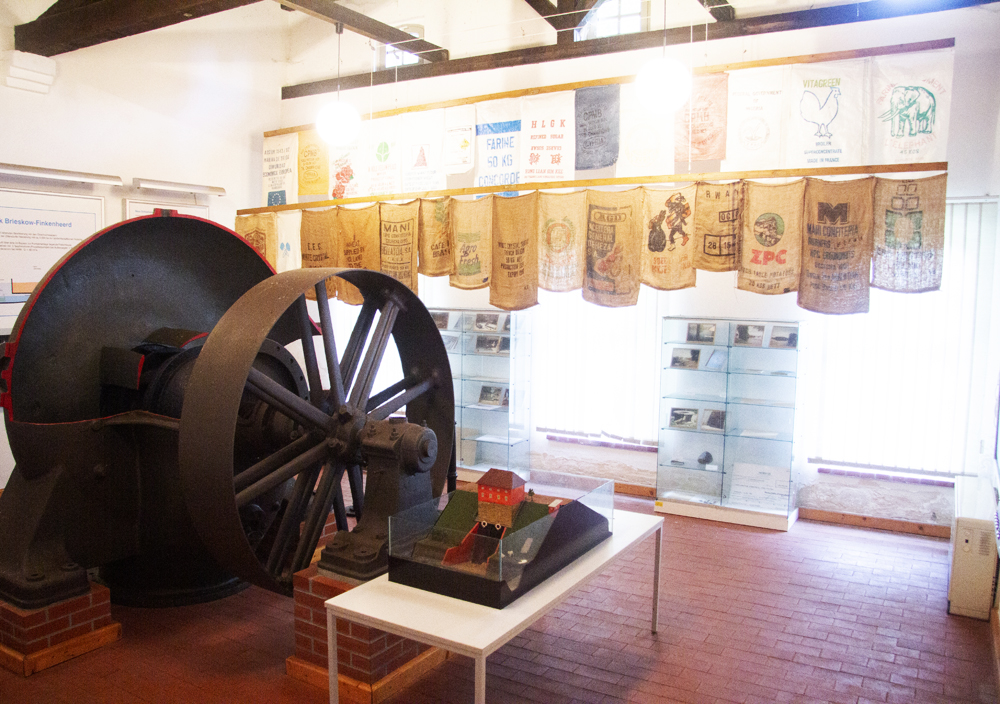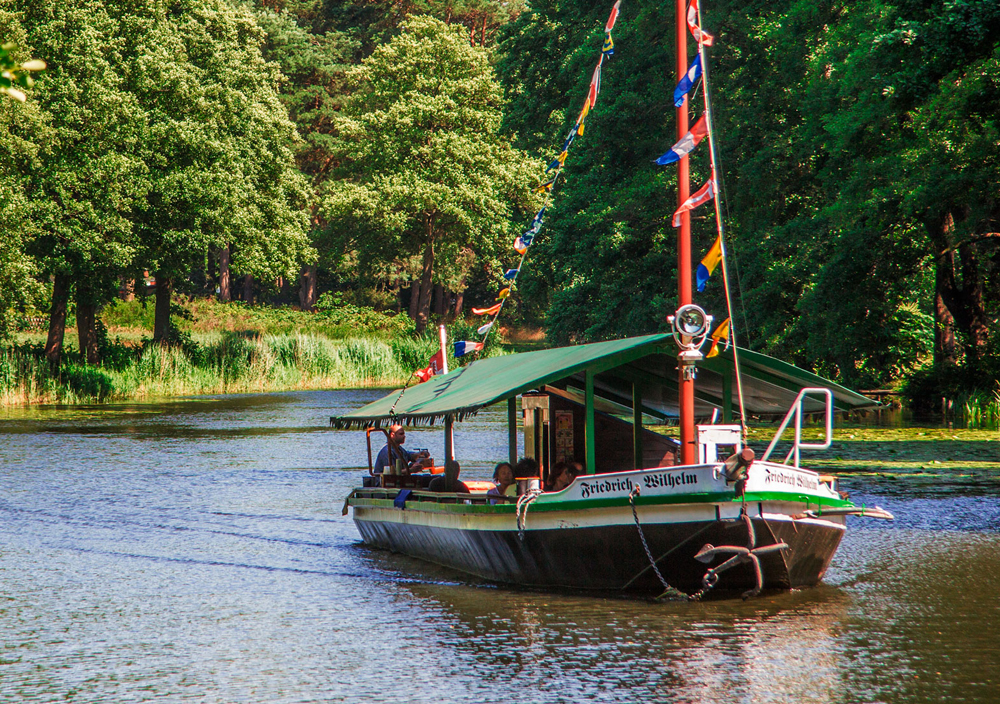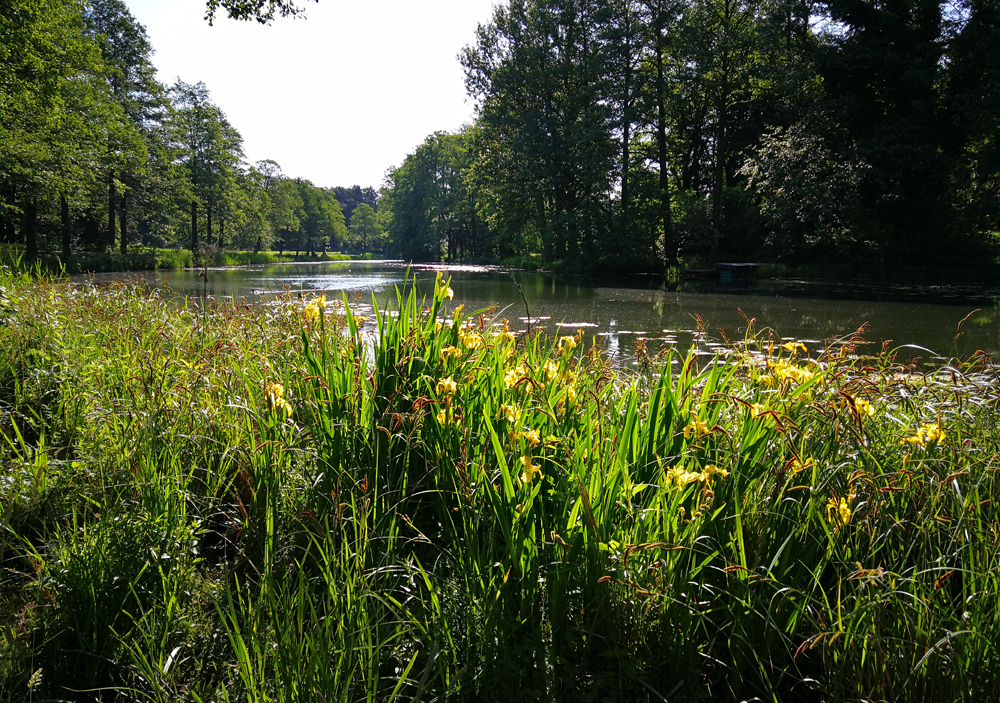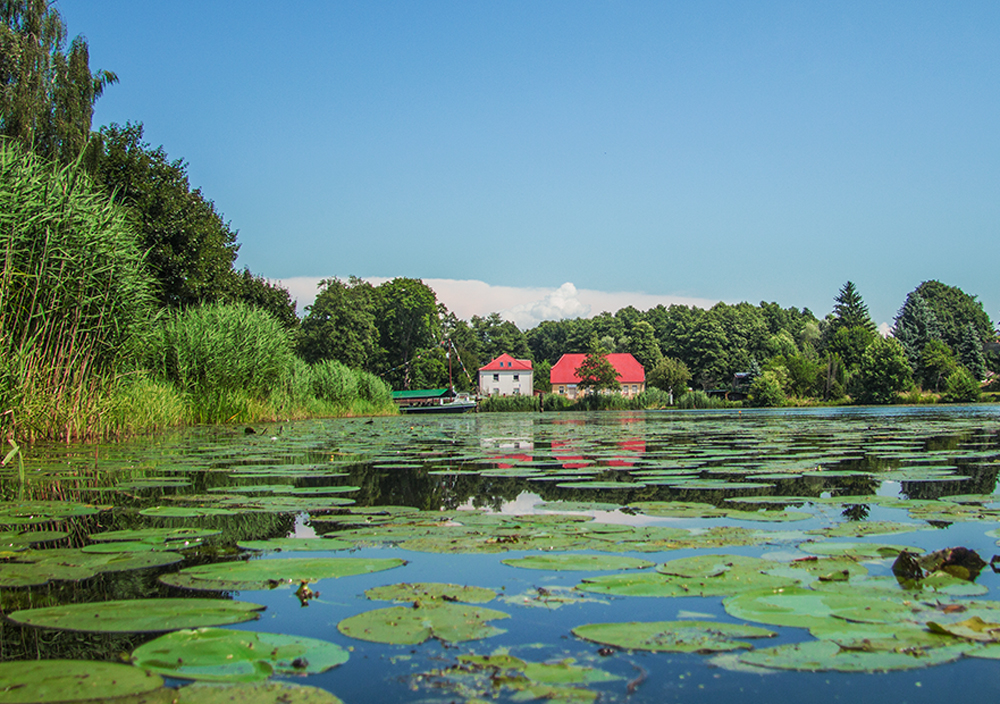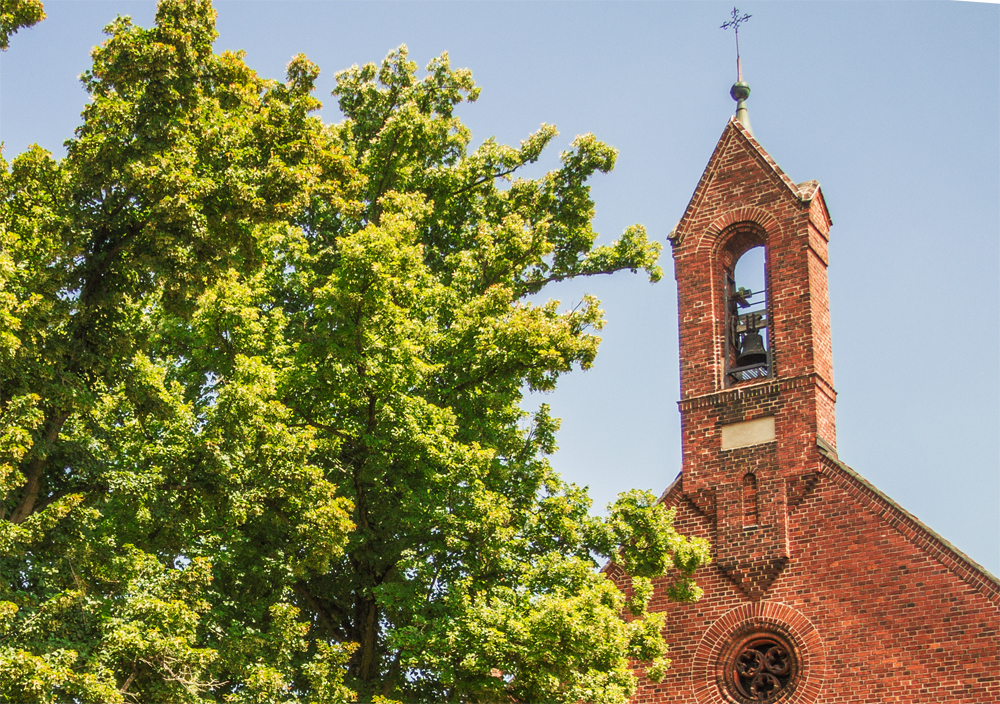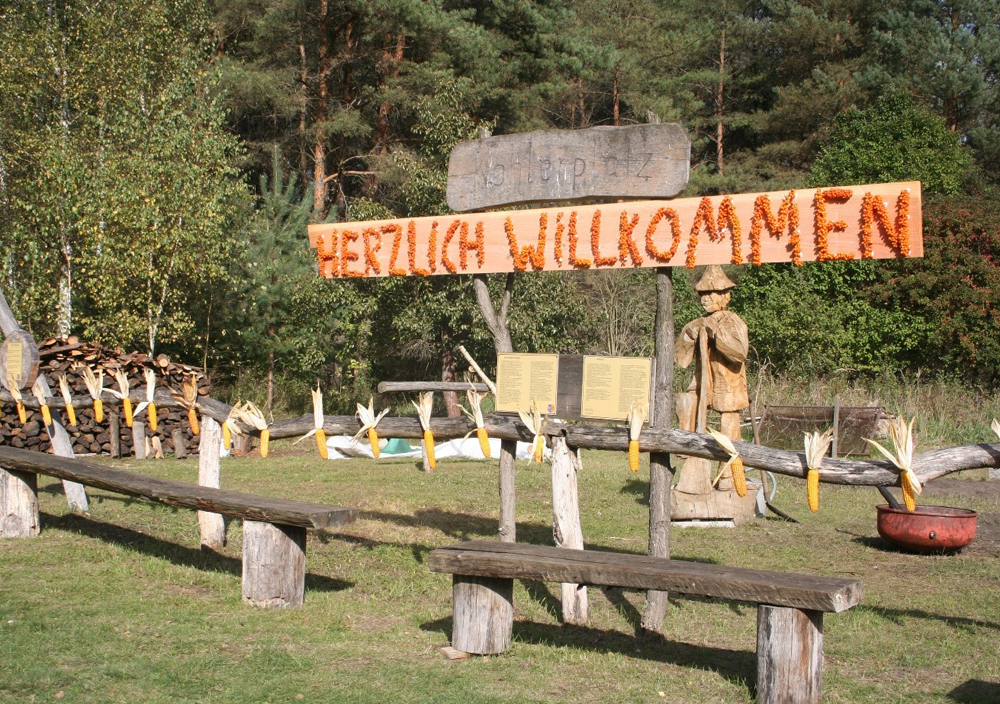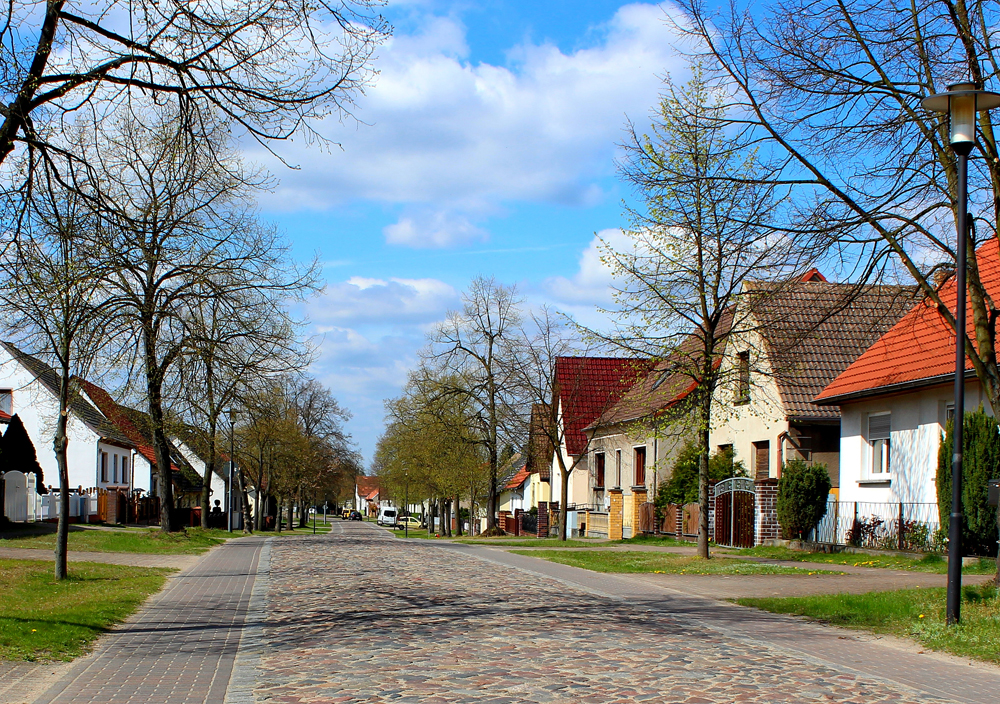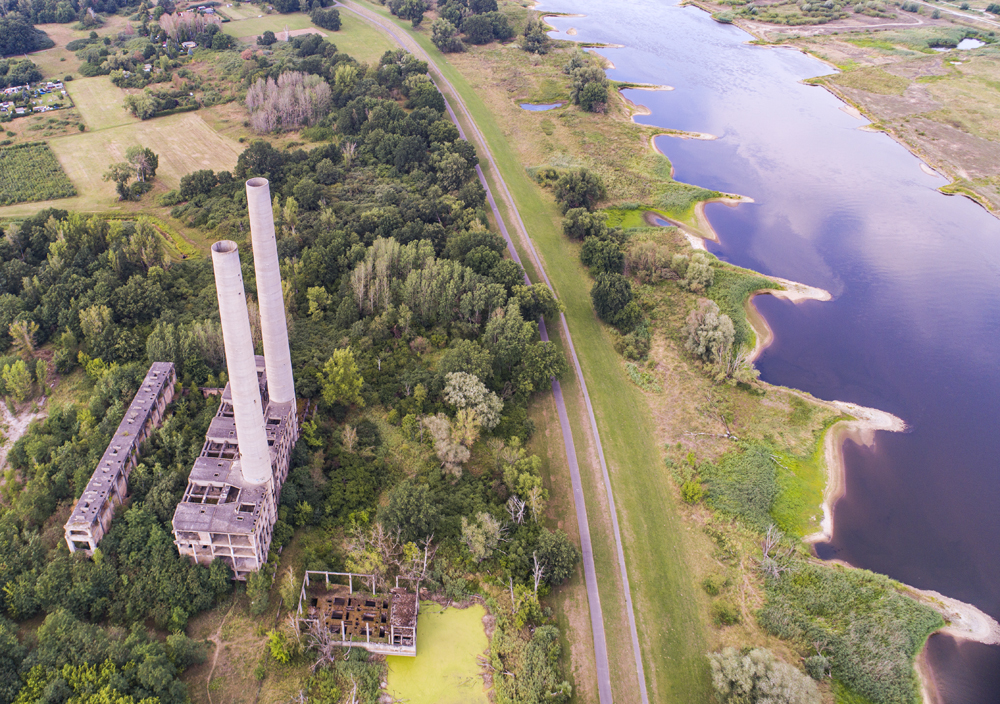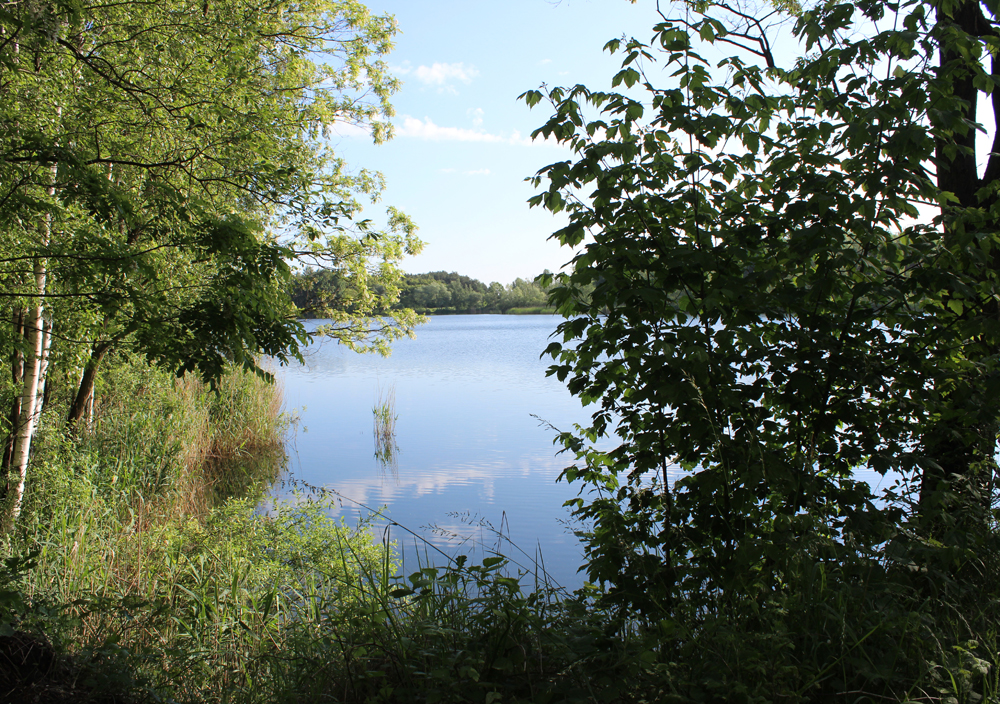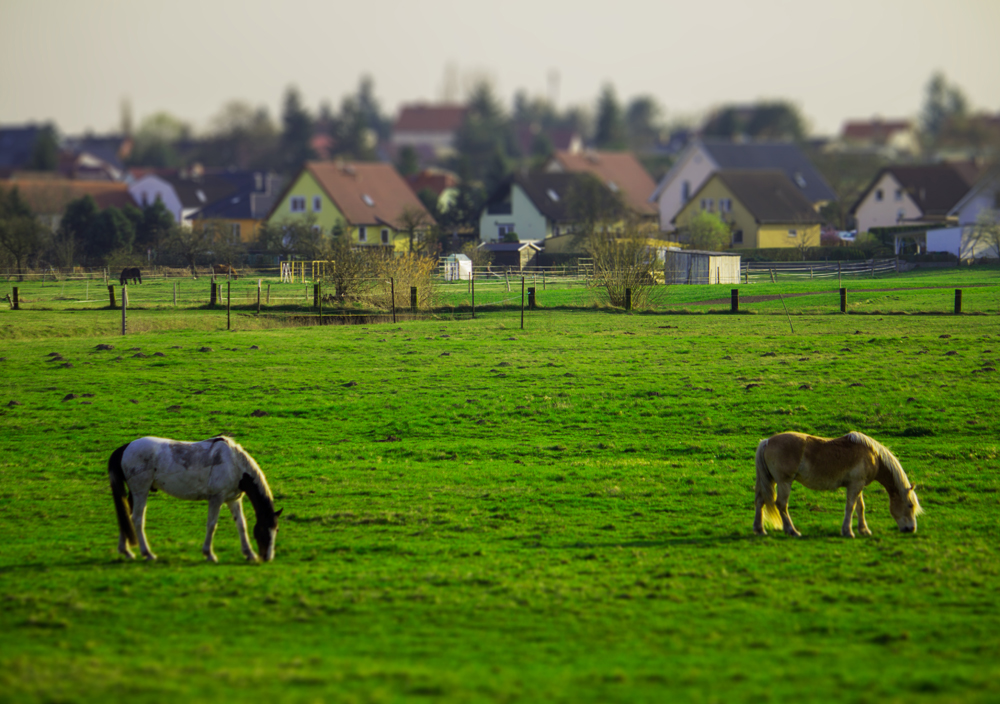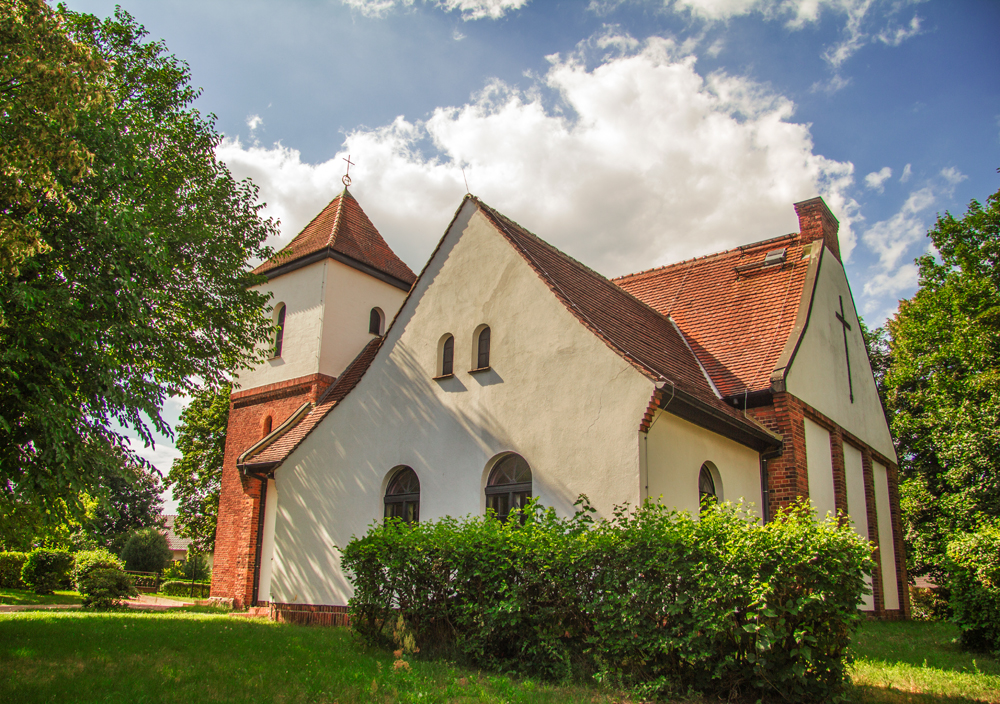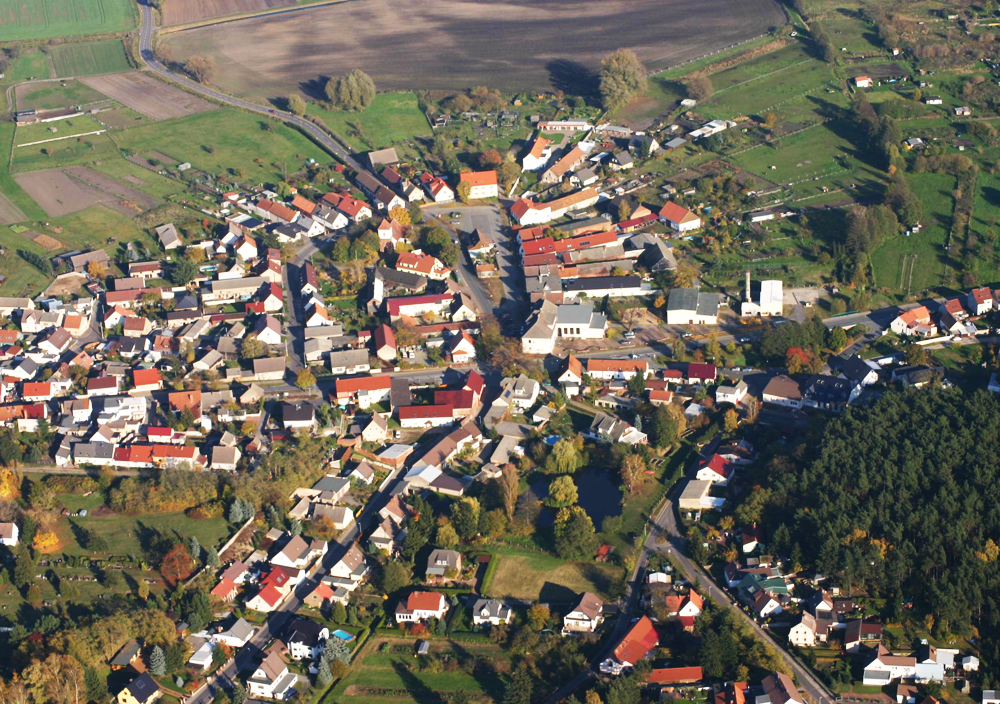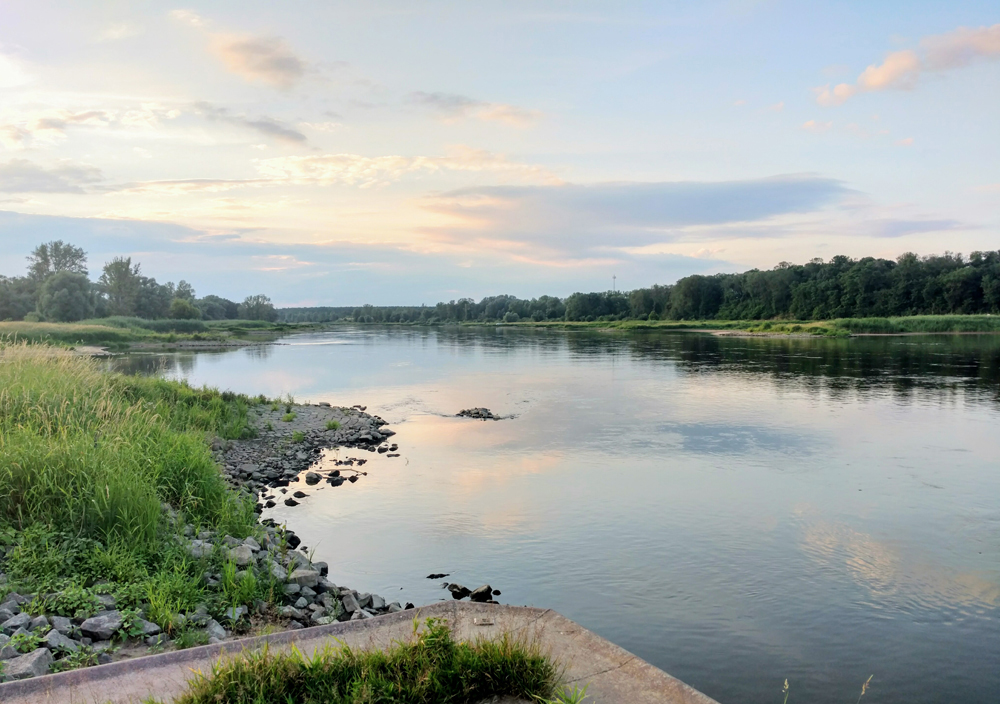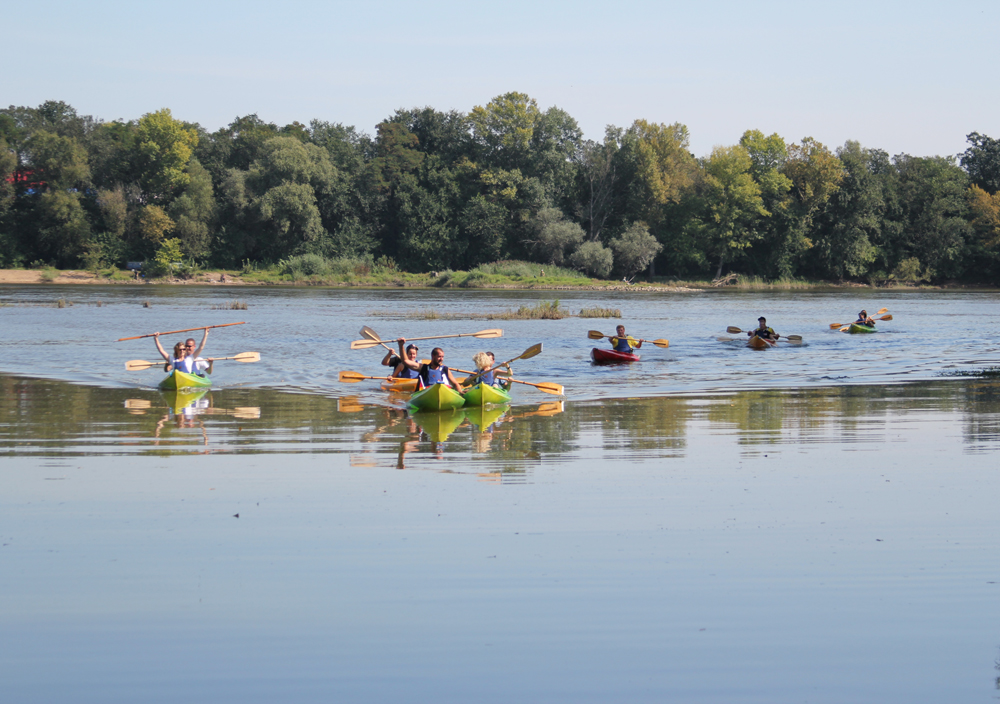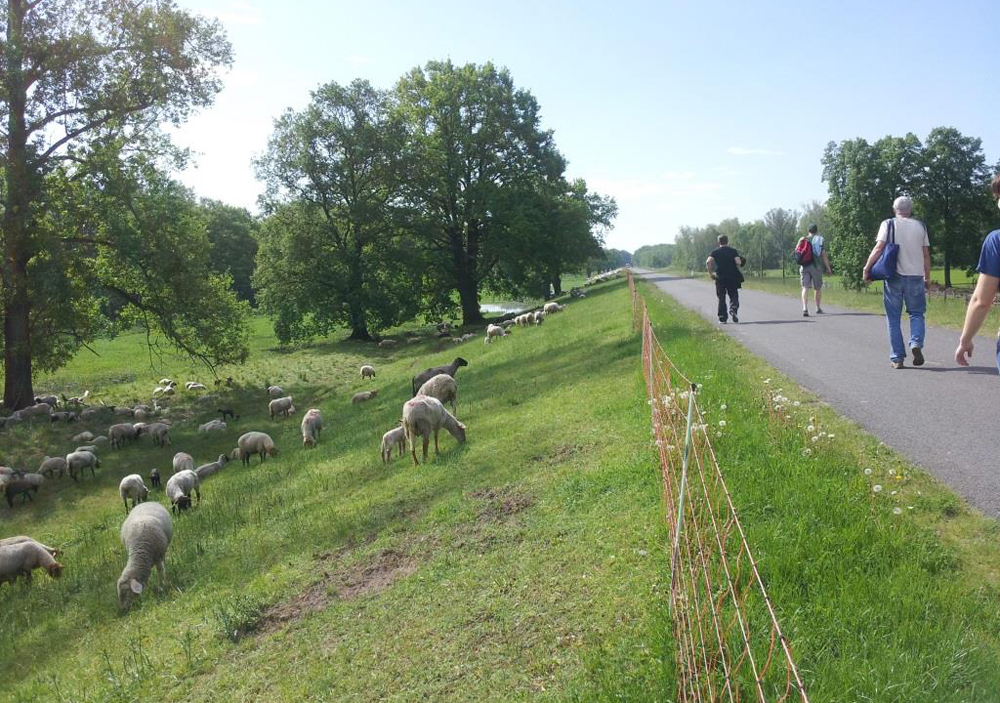
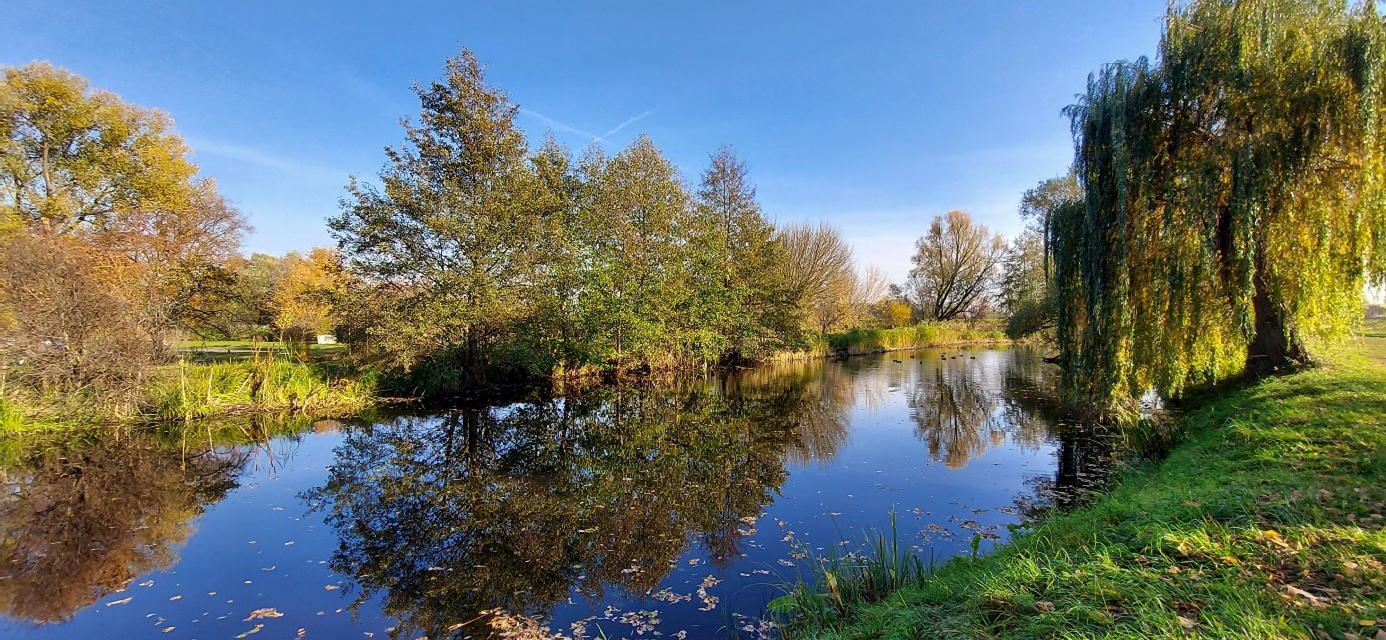
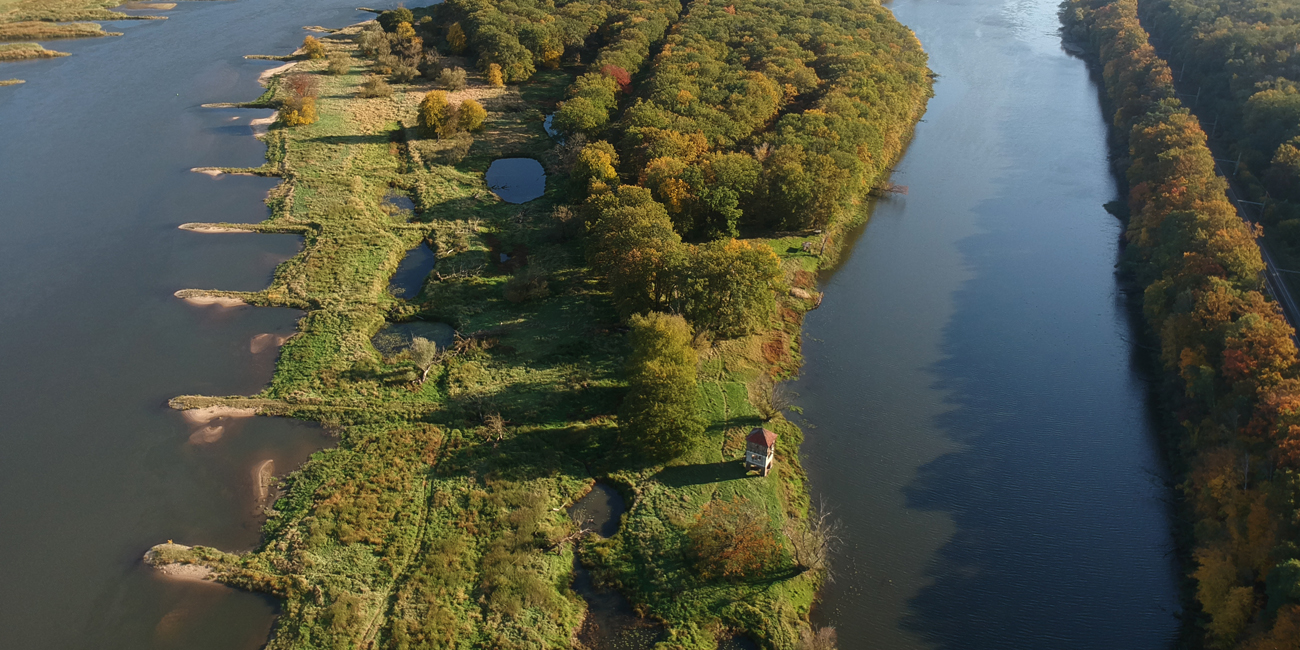


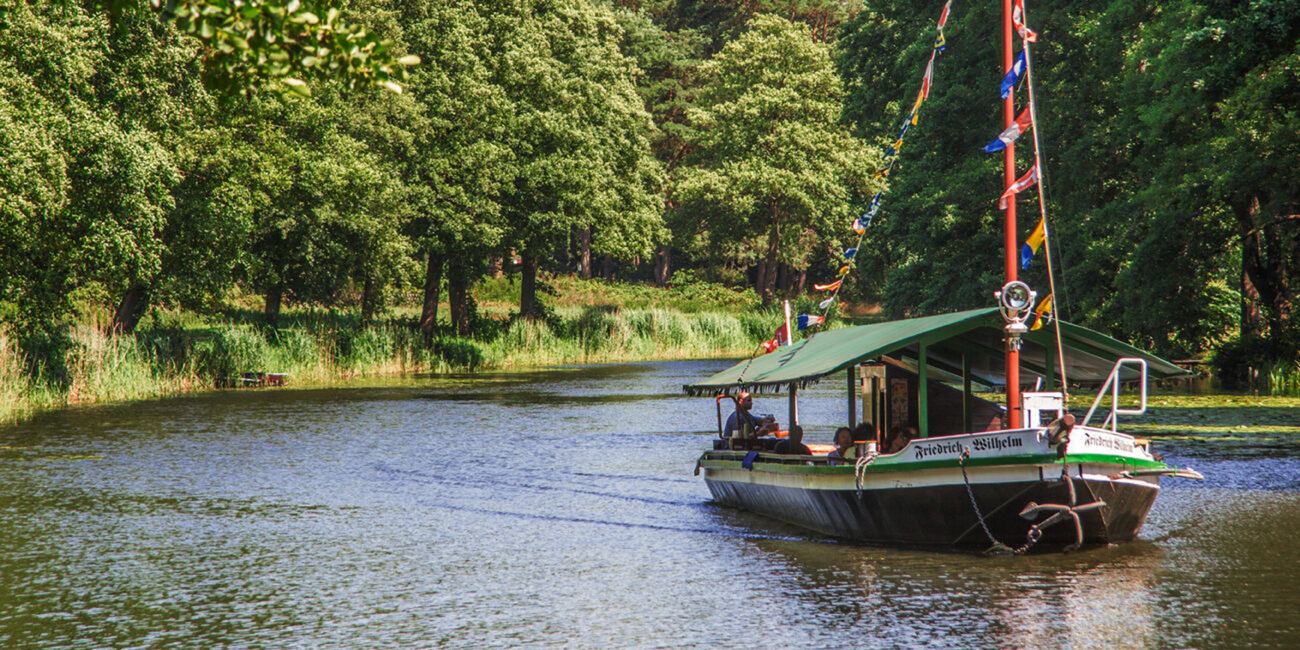
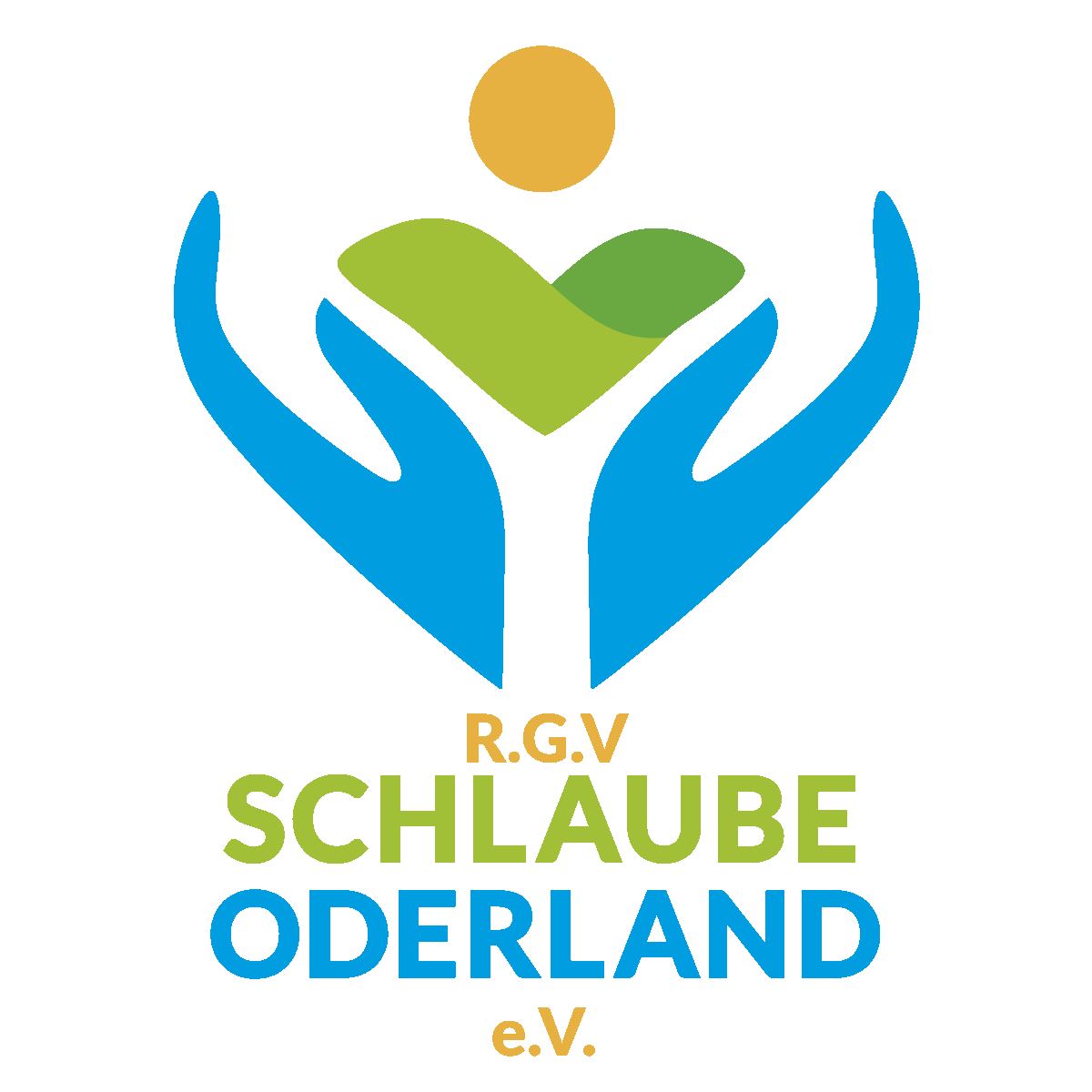

COMMUNITIES
What makes the Brieskow-Finkenheerd district with its municipalities of Vogelsang, Ziltendorf, Groß Lindow, Brieskow-Finkenheerd and Wiesenau so attractive for locals and visitors? Rural residential communities with good future development opportunities and lots of nature. Simply a place where people want to live, work and relax.
THE COMMUNE OF BRIESKOW-FINKENHEERD
With two railway stations, Brieskow-Finkenheerd, the largest municipality in the district of the same name, is easily accessible. As a residential area close to Frankfurt (Oder), it has good transport connections. The former industrial site has developed into a place to live and relax with crafts and trades. With the tourist information centre, two supermarkets, a bank branch, a pharmacy, several catering establishments and accommodation facilities, you will find the best conditions for exploring our beautiful region. Very well-developed cycle paths invite you to take interesting trips in the immediate neighbourhood. Find out more
THE COMMUNE OF GROSS LINDOW
These are many small parts of the commune in an idyllic location along the Friedrich Wilhelm Canal. The commune includes the villages of Schlaubehammer, Hammerfort, Weißenspring, Klixmuehle and Weißenberg, which are strung together like a string of pearls. The history of Groß Lindow can be traced back to the first mention of the village of Lyndow, still known today as Unterlindow, in 1354.
The Friedrich Wilhelm Canal, which was completed in 1668, has had a formative influence on the appearance and development of the village. A memorial near the Weißenberg lock commemorates the extensive renovation and expansion of the locks between 1827 and 1868. The locks were destroyed at the end of World War II and the waterway has not been navigable since then. Find out more
egeben. mehr erfahren
THE COMMUNE OF VOGELSANG
This southernmost commune of the Brieskow-Finkenheerd district with its 850 inhabitants has a very beautiful, restored village centre. A village green, a playground, a community centre, a war cemetery and a war memorial as well as a very old equipment shed invite you to linger.
Just outside the village gates on the Oder dyke, you will come across a curiosity: the ruins of an unfinished power station, which is now a habitat and nesting place for birds and bats. Today’s landscape conservation area is considered a small Eldorado by geologists and hobby collectors. There is also a geological nature trail on the site of the gravel pit with around 100 erected blocks and rare boulders. It’s well worth a visit! Find out more
THE COMMUNE OF WIESENAU AND THE KUNITZ LOOSE
Wiesenau consists of the main village, a round village that was called Krebsjauche until 1919, and the part Kunitz-Loose, situated in the Oder floodplains and until 1945 part of the village of Kunitz (now Kunice in Polish). The “Alte Schule” community centre in Wiesenau is home to the local history museum, where all kinds of information about the village is vividly presented. The Protestant church in the centre of the village was rebuilt after the Second World War and is now part of Brieskow-Finkenheerd – Ziltendorf. Guided village and church tours are available on request. There is a memorial stone in the churchyard which commemorates the Oder flood of 1997. There is also a memorial dedicated to the victims of the two world wars and the victims of the consequences of war, despotism and violence.
The wide, barely interrupted natural space of the Kunitz Loose offers sports enthusiasts in particular an ideal area to let off steam – without any barriers. Streams, ditches and extensive open spaces invite you to relax, and (amateur) ornithologists also get their money’s worth in the surrounding Ziltendorfer Niederung. Find out more
THE COMMUNE OF ZILTENDORF WITH AURITH AND THE ERNST THÄLMANN SETTLEMENT
The commune of Ziltendorf consists of the main village and the parts of Ernst-Thälmann-settlement and Aurith and is located on the edge of the Oder floodplain between the Oder-Spree Canal and the Oder on an area of approx. 29 km². The main village has existed since the beginning of the 14th century and originally resembled a secondary round village.
The village’s sights include the Protestant village church/the current community centre. Of historical significance are the two church bells, the larger of which dates back to 1503 and the smaller of which was cast in the 14th century. Otherwise, the large areas of farmland and meadows in the Ziltendorf lowlands are the basis for the village’s mainly agricultural focus.
The landscape conservation farm processes and markets its own products. There are two large supermarkets as well as various inns and pubs to satisfy personal needs.
One of the greatest historical events in the village of Ziltendorf was the “flood of the century” of the Oder in 1997, which flooded the entire Oder floodplain with the districts of Ernst-Thälmann-Siedlung and Aurith. The villages could only be rebuilt with the help of numerous donations in the years that followed.
Today, Aurith, which lies directly on the Oder-Neisse cycle path, is a hub between the communes, as not only tourists meet here, but also all the inhabitants of the region for festivals and events. Aurith is a good starting point for tours – on foot, by bike, on skates, on water – or simply for relaxing by the Oder. The new Aurith – Urad ferry connection provides a bridge to neighbouring Poland. Find out more
